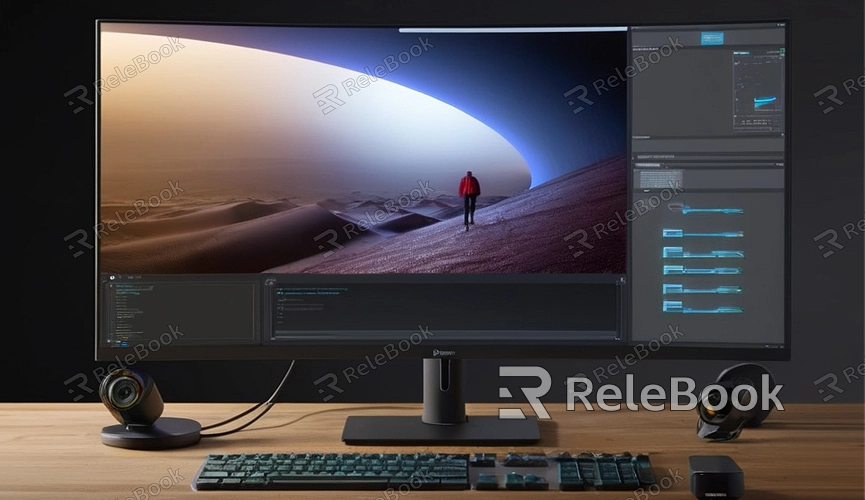How Much RAM Do You Need for 3D Modeling?
In the process of 3D modeling, the hardware configuration of your computer, especially the RAM (Random Access Memory), plays a crucial role. Insufficient RAM can lead to sluggish software performance, delayed responses, and even crashes. So, how much RAM is appropriate for 3D modeling? This article explores this question in detail and provides recommended RAM configurations for different scenarios.
What is RAM?
RAM (Random Access Memory) is a component in computers used to store temporary data. Unlike a hard drive, RAM allows for very fast data access and is essential for storing and processing data when running programs. For 3D modeling software, RAM handles tasks such as storing model data, textures, materials, and computational operations.
RAM Requirements for 3D Modeling
The RAM requirements for 3D modeling software (like Blender, 3ds Max, Maya, etc.) depend on several factors:
1. Model Complexity
The complexity of models directly impacts RAM usage. Simple, low-polygon models require less RAM, while high-polygon, detailed models demand more memory to store vertices, edges, faces, etc.

2. Textures and Materials
High-resolution textures and complex materials consume a significant amount of RAM. Using multiple texture layers, normal maps, and other effects also increases memory requirements.
3. Scene Size
The number and complexity of objects in a scene affect RAM usage. Large scenes with multiple high-detail objects significantly increase memory load.
4. Animation and Simulation
If you're involved in animation or physical simulations (such as fluids, smoke, cloth simulations), these tasks consume substantial memory. Caching animation data and simulation results also require adequate RAM support.
Recommended RAM Configurations
1. Basic 3D Modeling (8GB)
For beginners or those engaging in simple model creation and rendering tasks, 8GB of RAM is the minimum requirement. This setup can handle basic 3D modeling tasks but may struggle with more complex scenes or high-resolution textures.
2. Medium Complexity Modeling (16GB)
If you're a mid-level user dealing with moderately complex models and scenes, 16GB of RAM is a more ideal choice. This configuration meets the demands of most 3D modeling and rendering tasks and maintains smooth performance during multitasking.
3. High Complexity Modeling and Animation (32GB)
For professional users working with highly complex models, large scenes, animation production, and physical simulations, 32GB of RAM is recommended. This setup can handle intensive modeling and rendering tasks, reducing lag and enhancing workflow efficiency.
4. Very High Complexity Modeling and Large-scale Projects (64GB and above)
If you're involved in extremely complex modeling, large-scale scenes, extensive animation production, or require intricate physical simulations, 64GB or more of RAM is essential. This configuration ensures smooth operation even under high computational loads.
How to Optimize RAM Usage
Even with sufficient RAM, optimizing RAM usage can improve the efficiency and stability of 3D modeling:
1. Effective Model Management
Reduce unnecessary polygons and details. Use Level of Detail (LOD) techniques to load models with different detail levels based on requirements.
2. Optimize Textures and Materials
Use textures at appropriate resolutions and avoid excessively high texture resolutions. Merge texture maps and reduce the number of materials.
3. Utilize Instancing Techniques
For repeated objects in scenes, use instancing techniques to reduce memory usage and computational burden.
4. Regularly Clear Cache
Periodically clear software caches to free up memory and enhance system performance.
The RAM requirements for 3D modeling depend on factors such as model complexity, textures and materials, scene size, and animation and simulation tasks. For basic 3D modeling, 8GB of RAM is the minimum requirement; 16GB is recommended for medium complexity modeling; 32GB is ideal for high complexity modeling and animation; and 64GB or more is necessary for very high complexity modeling and large-scale projects. By optimizing RAM usage effectively, you can improve the efficiency and stability of your 3D modeling endeavors.

